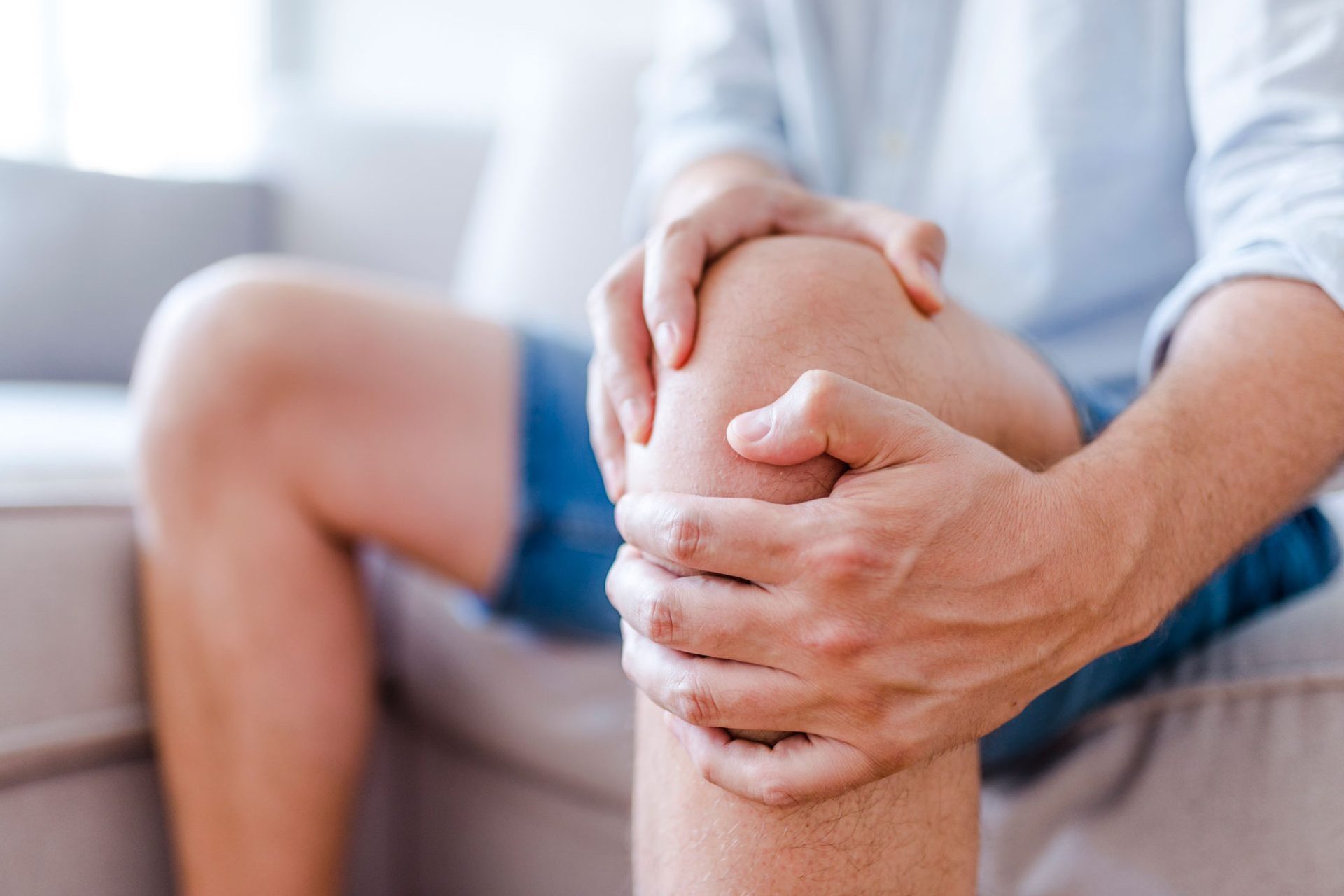
What is Knee Pain?
Knee pain refers to any discomfort, soreness, or injury that affects the knee joint, which connects the thigh bone (femur), shin bone (tibia), and kneecap (patella). This type of pain can result from a variety of causes, including injury, overuse, or underlying health conditions. Common causes of knee pain include ligament injuries (such as ACL tears), cartilage damage (like meniscus tears), arthritis, patellar tendinitis, and bursitis. Other factors such as age, weight, or improper movement patterns during exercise or daily activities can also contribute to knee pain.
As temperatures drop during the winter months, many people experience an increase in knee pain, whether it's from old injuries or underlying conditions like arthritis. The cold weather can lead to stiffer joints, reduced blood flow, and changes in air pressure that exacerbate discomfort in the knees. For those who already have conditions like osteoarthritis, the cold can increase the sensitivity of the joint, making pain more pronounced. Additionally, people tend to be less active in winter, which can lead to muscle stiffness and weakness, further stressing the knee joints.

Why Winter Makes Knee Pain Worse
- Cold and Damp Weather: Cold temperatures can cause muscles and tissues around the knee to stiffen, restricting movement and causing pain. Damp weather can also increase the sensitivity of the joints.
- Barometric Pressure Changes: The shift in air pressure during winter months can affect the joints, causing swelling and discomfort, especially in people with arthritis.
- TReduced Activity: The cold weather often keeps people indoors, leading to less physical activity and weakened muscles that support the knee, making it more vulnerable to pain.
- Poor Footwear: Ice and snow can make walking treacherous, and wearing improper footwear increases the risk of knee strain or falls.
What You Can Do to Relieve Winter Knee Pain
- Stay Active: Regular low-impact exercises like swimming, cycling, or walking can help maintain flexibility and strength around the knee, preventing stiffness and pain. Make sure to stretch before and after exercise.
- Warm Up Properly: Always warm up before engaging in physical activities, especially in cold weather, to keep muscles and joints flexible and avoid strain.
- Layer Up: Wear warm, breathable clothing to keep your muscles and joints warm. Knee sleeves or wraps can help provide additional warmth and support.
- Use Hot or Cold Therapy: Applying a heating pad or warm compress to the knee can relax muscles and improve circulation. Cold packs can be helpful for reducing swelling and inflammation after activity.
- Mind Your Posture and Footwear: Wear supportive shoes with good cushioning to prevent unnecessary stress on your knees. Avoid walking on icy or uneven surfaces to reduce the risk of falls.
- Consider Supplements or Medication: Over-the-counter anti-inflammatory medications, joint supplements (like glucosamine), or prescribed medications can help reduce pain and inflammation. Always consult with a healthcare professional before starting any new treatments.
- Consult a Doctor or Physical Therapist: If knee pain persists or worsens, it's important to seek medical advice. A doctor or physical therapist can help diagnose the underlying cause and provide a personalized treatment plan, including specific exercises or therapies.

